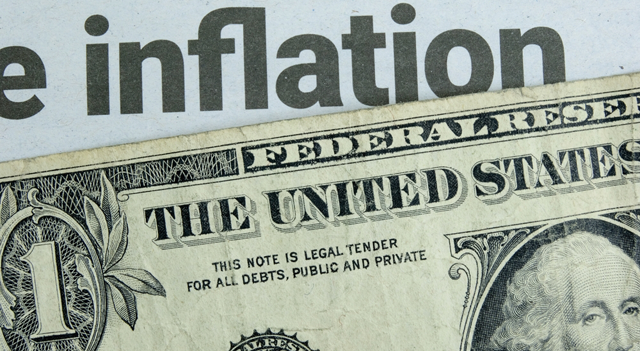Wholesale prices experienced a significant decline last month as inflationary pressures continued to ease despite a year and a half of higher interest rates.
According to a report by the Labor Department on Wednesday, the producer price index, which gauges inflation before it affects consumers, saw a 0.5% drop in October compared to September, marking the most substantial decrease since April 2020. On a year-over-year basis, producer prices increased by 1.3% from October 2022, which represents the smallest gain since July.
When excluding the volatile food and energy costs, often referred to as core consumer prices, there was no change from September to October, and they rose by 2.4% compared to the previous year.
The wholesale prices of goods fell by 1.4% from September to October, primarily driven by a 15.3% decrease in gasoline prices. Meanwhile, prices for services remained unchanged.
Inflation reached its highest levels in four decades last year, leading the Federal Reserve to raise its benchmark rate 11 times since March 2022.
However, in the face of higher borrowing costs, inflation has decelerated significantly. On Tuesday, the Labor Department reported that consumer prices remained stable from September to October, with a 3.2% increase compared to the previous year—representing the smallest year-over-year rise since June. Nonetheless, inflation still exceeds the Fed’s 2% target.
Despite the increase in interest rates, the U.S. economy and job market have displayed resilience. The combination of a robust economy and slowing inflation has given rise to hopes that the Fed can achieve a “soft landing” scenario—raising rates sufficiently to control inflation without pushing the economy into a recession.
The Federal Reserve has not raised its benchmark rate since July, and many economists believe that its rate-hike campaign has concluded.
